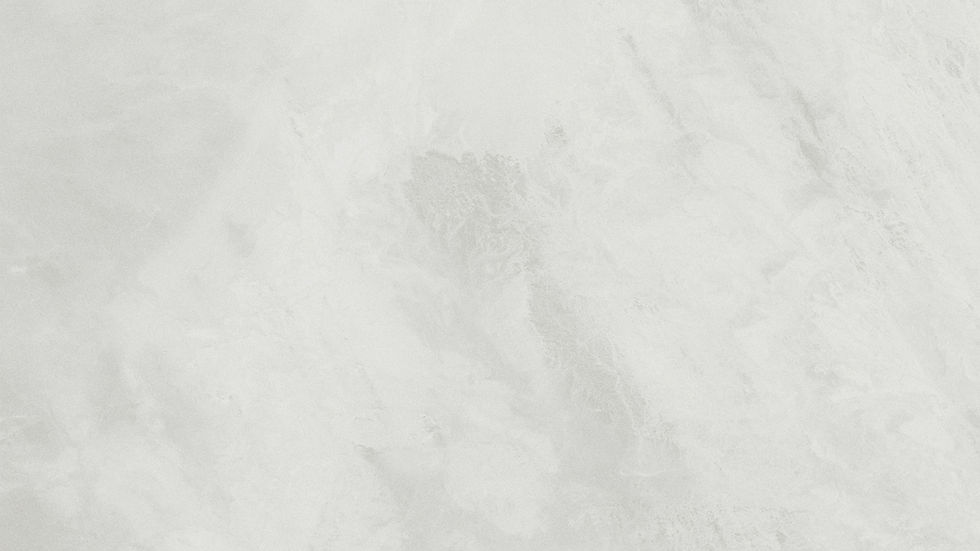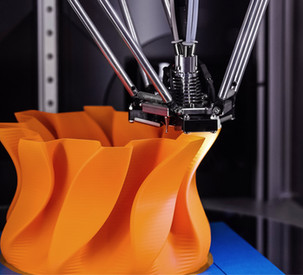top of page

Why Choose Us?
Cutting Edge Printers
I'm a paragraph. Click here to add your own text and edit me. Let your users get to know you.
Bespoke
Service
I'm a paragraph. Click here to add your own text and edit me. Let your users get to know you.
Durable, High Quality Materials
I'm a paragraph. Click here to add your own text and edit me. Let your users get to know you.
Experienced Advisor Service
I'm a paragraph. Click here to add your own text and edit me. Let your users get to know you.
Use Cases
Testimonials
“I'm a testimonial. Click to edit me and add text that says something nice about you and your services. Let your customers review you and tell their friends how great you are.”

Lyla Rosen
Chief Product Officer, Mico
“I'm a testimonial. Click to edit me and add text that says something nice about you and your services.”

Ben Dersler
Head of Design, DimenXen
“I'm a testimonial. Click to edit me and add text that says something nice about you and your services. Let your customers review you and tell their friends how great you are.”

Ryan Fry
Product Designer, Drolo

The Possibilities Are Endless
Our Clients

FAQ

FAQ
-
3D Printing (or Additive Manufacturing)3D printing (sometimes referred to as Additive Manufacturing (AM)) is the computer-controlled sequential layering of materials to create three-dimensional shapes. It is particularly useful for prototyping and for the manufacture of geometrically complex components. It was first developed in the 1980s, but at that time it was a difficult and expensive operation and so had few applications. Depending on the technique adopted, printing can produce multiple components simultaneously, can use multiple materials and can use multiple colours. Accuracy can be increased by a high-resolution subtractive process that removes material from an oversized printed item. Some techniques include the use of dissolvable materials that support overhanging features during fabrication. Materials such as metal can be expensive to print, and in this case it may be more cost-effective to print a mould, and then to use that to create the item. In the construction industry, 3D printing can be used to create construction components or to ‘print’ entire buildings. Construction is well-suited to 3D printing as much of the information necessary to create an item will exist as a result of the design process, and the industry is already experienced in computer aided manufacturing. The recent emergence of building information modelling (BIM) in particular may facilitate greater use of 3D printing. Construction 3D printing may allow faster and more accurate construction of complex or bespoke items as well as lowering labour costs and producing less waste. It might also enable construction to be undertaken in harsh or dangerous environments not suitable for a human workforce such as in space. A number of different approaches have been demonstrated to date, which include on-site and off-site fabrication of buildings and construction components, using industrial robots, gantry systems and tethered autonomous vehicles. Demonstrations of construction 3D printing technologies to date have included fabrication of housing, construction components (cladding and structural panels and columns), bridges and civil infrastructure, artificial reefs, follies, and sculptures. The technology has seen a significant increase in popularity in recent years with many new companies, including some backed by prominent names from the construction industry and academia. This led to several important milestones, such as the first 3D printed building, the first 3D printed bridge, the first 3D printed part in a public building, the first living 3D printed building in Europe and CIS[citation needed], and the first 3D printed building in Europe fully approved by the authorities (COBOD International), among many others. In practice, concrete is squeezed out of a nozzle attached to a computer-programmed robotic arm, either stationary or travelling along rails, in successive strips, layer upon layer, to produce the desired building structure, such as an exterior or interior wall, or component, like an archway or void. Advocates claim the technique offers construction that is faster, cheaper and more environmentally friendly than traditional building methods. They point to accelerated delivery of homes, greater flexibility in design, reduced cost of construction, more efficient use of materials and higher levels of sustainability by reducing waste typical of construction, and even less noise pollution. Specifically, industry experts identify seamless production of objects from a numerical design and access to a wide range of geometries for the final object, most impossible or very expensive to realise with traditional processing techniques. The commercial appeal to big builders seems irresistible. House 3D printers use extrusion technology. Some construction 3D printers look like super-sized desktop FFF/FDM 3D printers (gantry style), whereas others consist of a rotating mechanical arm.In both cases, paste-type components such as concrete are used as filament. The material is pushed out of a special nozzle to form layers. To put it (very) simply, paste extrusion is similar using a piping bag to spread frosting on a cake. The printer creates the foundations and walls of the house or building, layer by layer. The ground is literally the printer’s build plate. Some concrete 3D printers, however, are used to 3D print brick molds. When molded, the bricks are then piled atop each other manually (or with a robotic arm).
-
Eco-friendly / Sustainable materials3D printed houses can be built with organic, eco-friendly materials. Moreover, some house 3D printers use solar energy and generate low CO2 emissions. 3D printers combine diverse materials like sand, concrete, fibers, and recyclables.
-
Better DurabilityWhile testing concrete during the early stages of construction will continue to be necessary, 3D printers have been found to contribute to the durability of the structural elements. This is due in part to how the materials are made and the manner in which they are assembled. More durable buildings mean fewer repairs need to be made, so construction companies can focus their efforts elsewhere to drive profit. For clients, too, their preferences certainly rest with a building that will last longer.
-
Improved Form3D printers are renowned for their ability to create seemingly odd and atypical design structures. Now construction companies can utilize that to offer their clients unique buildings designed entirely for them. This can open up their portfolio to certain individuals who may not want the standard rectangular options. Essentially, being able to create unique architectural designs for a client makes the construction company more desirable to certain clients.
-
Brand AwarenessOne among the foremost important impacts that the 3D printer has had—and will still have—on the development industry is increased brand awareness. Construction companies are typically thought of to be wasteful and unsustainable. Because it reduces waste, 3D printing is a superb method for a corporation to enhance how they’re viewed by those that are concerned about the environmental toll that concrete construction takes on the planet.
-
Rapid PrototypingFlexibilty to change designs and reiterate until customer is satisfied with the product using 3D modelling and 3D printing on a smaller scale
-
Affordable Homes3D printers can build affordable housing, being of great aid for people in poverty-stricken regions or after natural disasters.
-
Low CostsOverall, the use of 3D printers costs less than traditional construction techniques and processes. With the reduction of injuries, time, and material cost, companies will see a dramatic increase in their profits. And while some workers will probably have to be let go, others will remain, since someone still needs to be able to put all of the pieces together. By learning the technology, workers have a chance to maintain their job security as well. They’ll earn more, as will the company as a whole.
-
Speed Of ConstructionThis is where concrete 3D printers truly set themselves apart from traditional construction methods. Where a project may sometimes take weeks–or months-to complete, 3D printers can often finish a project in a matter of hours or days. An entire house was once constructed in 24 hours! This allows contractors to move onto other projects sooner…and with more orders filled, more money is brought in for the contractor.
-
ScalableCan print different sizes
-
Lower Margin of ErrorMost of the work is done by software and machines, thus there is a lower margin of error and of undesirable surprises.
-
Design FlexibilityWith a 3D construction printer, it’s possible to easily create curved walls and unique facades. (Good thing it’s possible to 3D print furniture to match the curves!)
-
Increased SafetyOne of the biggest benefits that 3D printers have presented to construction workers is a reduction in injuries in the field. Considering that building with concrete is difficult-even dangerous-this is a welcome improvement. Not only do workers have an easier time doing their job, but employers have less worker’s compensation paperwork to wade through due to injuries on the job. Construction sites in general are hazardous places. Removing the need for a lot of heavy machinery and extra personell on the ground creates a safer environment. Printers are also fitted with multiple sensors and emergency stop mechanisms for added
-
Improved EfficiencySince the materials are 3D printed on demand, the machines produce less waste. Also, construction 3D printers can finish a home’s foundations in less than a few days, while traditional construction methods take several weeks or even months.
-
New MarketsUsing a 3D printer also allows construction companies to work in markets that might have otherwise been inaccessible to them before. And for new construction companies, having a 3D printer on hand could set them apart from companies that have been around for a few decades and are resistant to change. Similarly, traditional and established construction companies could utilize 3D printers to make sure they remain relevant in the market. Essentially, 3D printers can be used as a means to enter a new market but also to give an already established company a competitive edge.
-
Waste Reduction3D printers use the exact amount of concrete needed for the wall, floor, or whatever it is that you want to build. Builders and GCs don’t have to order in bulk because they’ll know exactly how much material they need. Not only is this a more sustainable, environmentally friendly way to build, but it also results in reduced costs for the contractor.
-
Applications of 3D ConstructionUse Cases
bottom of page











